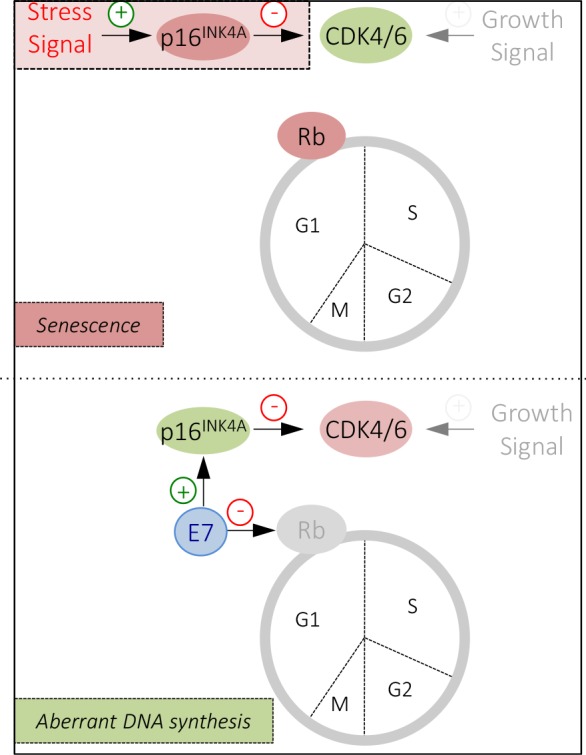Figure 1. The retinoblastoma (Rb) tumor suppressor pathway.

p16INK4A inhibits CDK4/6 This overrides growth signals and results in G1 growth arrest and senescence (upper panel). The high-risk HPV E7 proteins, which trigger p16INK4A expression, have evolved to overcome this response by targeting Rb for degradation. Under these conditions, p16INK4A expression and CDK4/6 inhibition is required for cell survival. Hence p16INK4A, which normally functions as a tumor suppressor (red) now has oncogenic activities (green) and similarly, CDK4/6, which normally are oncogenic (green) are now tumor suppressive (red), demonstrating the biological activities of key components of the retinoblastoma tumor suppressor pathway are dependent on the cellular context (see text for details).
